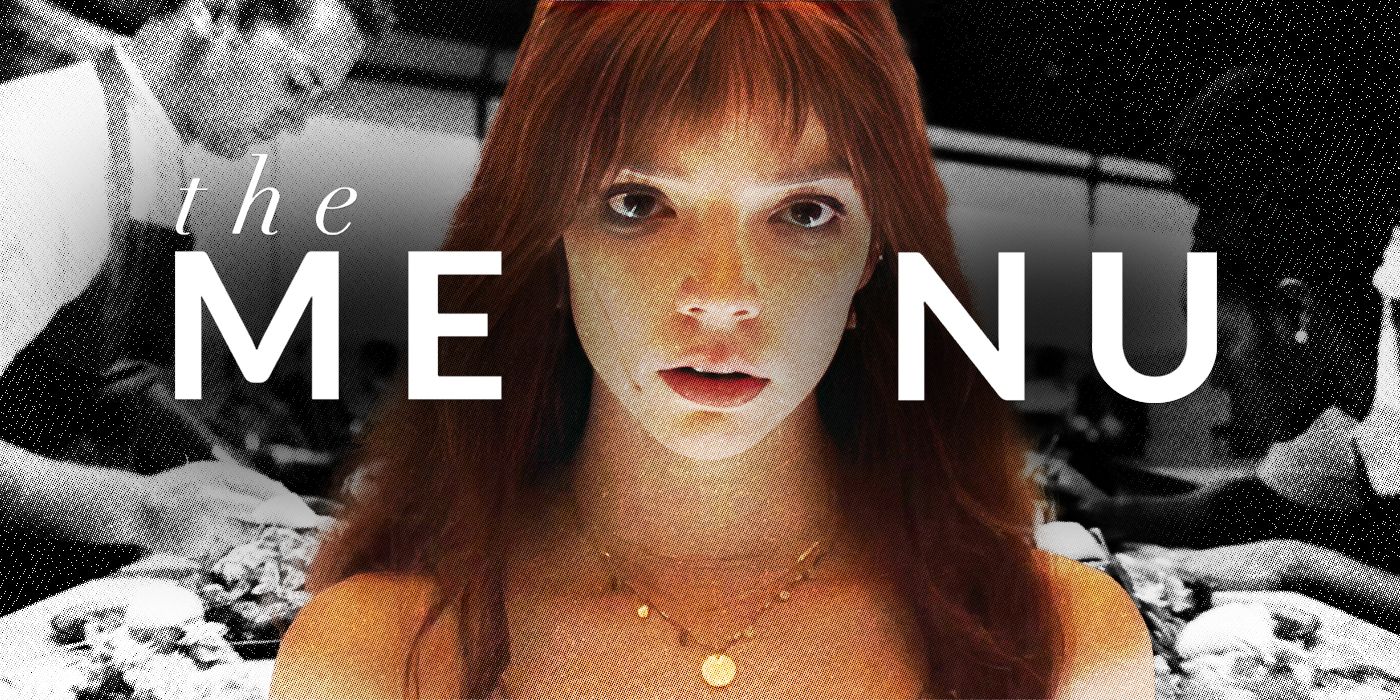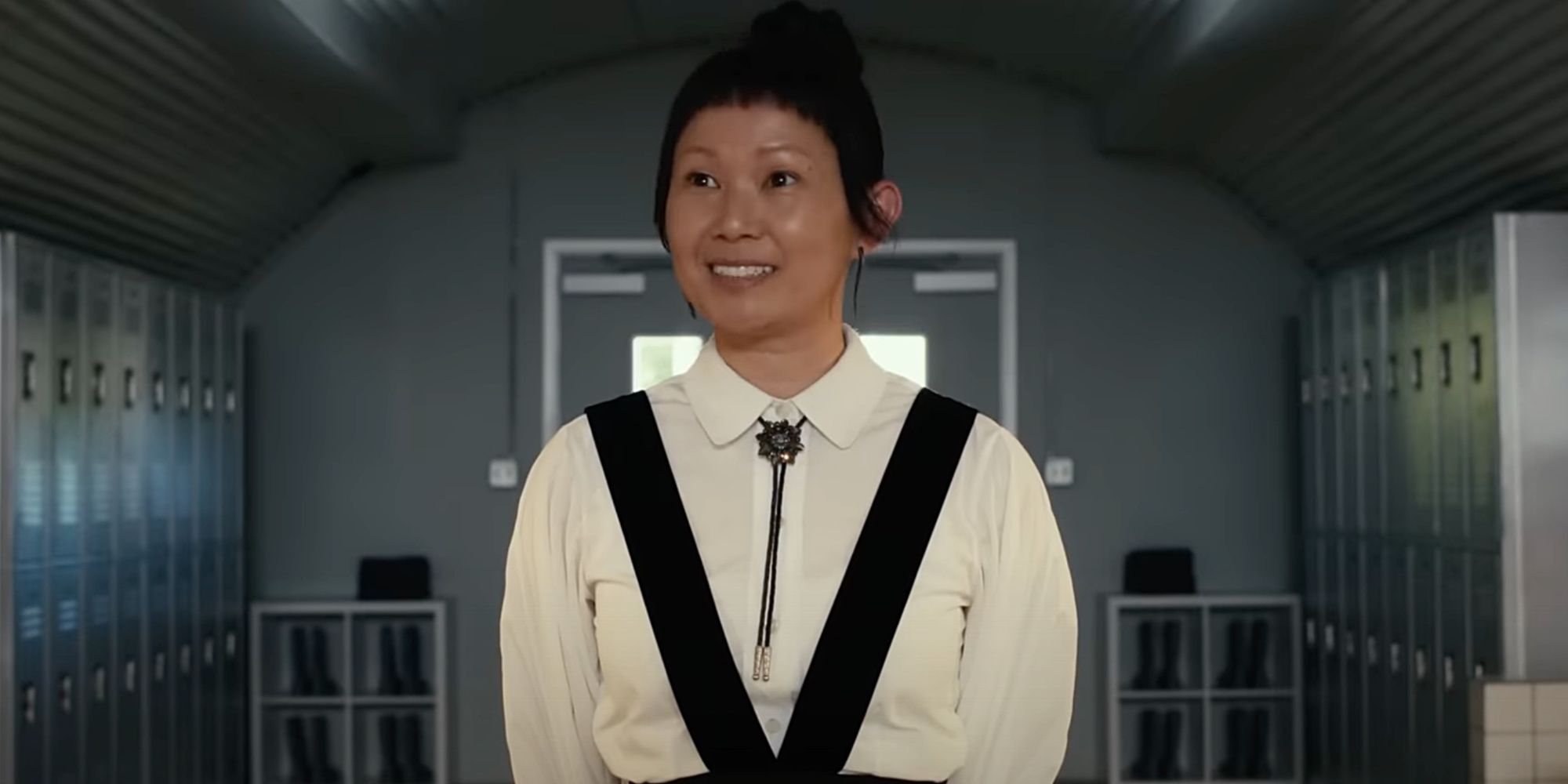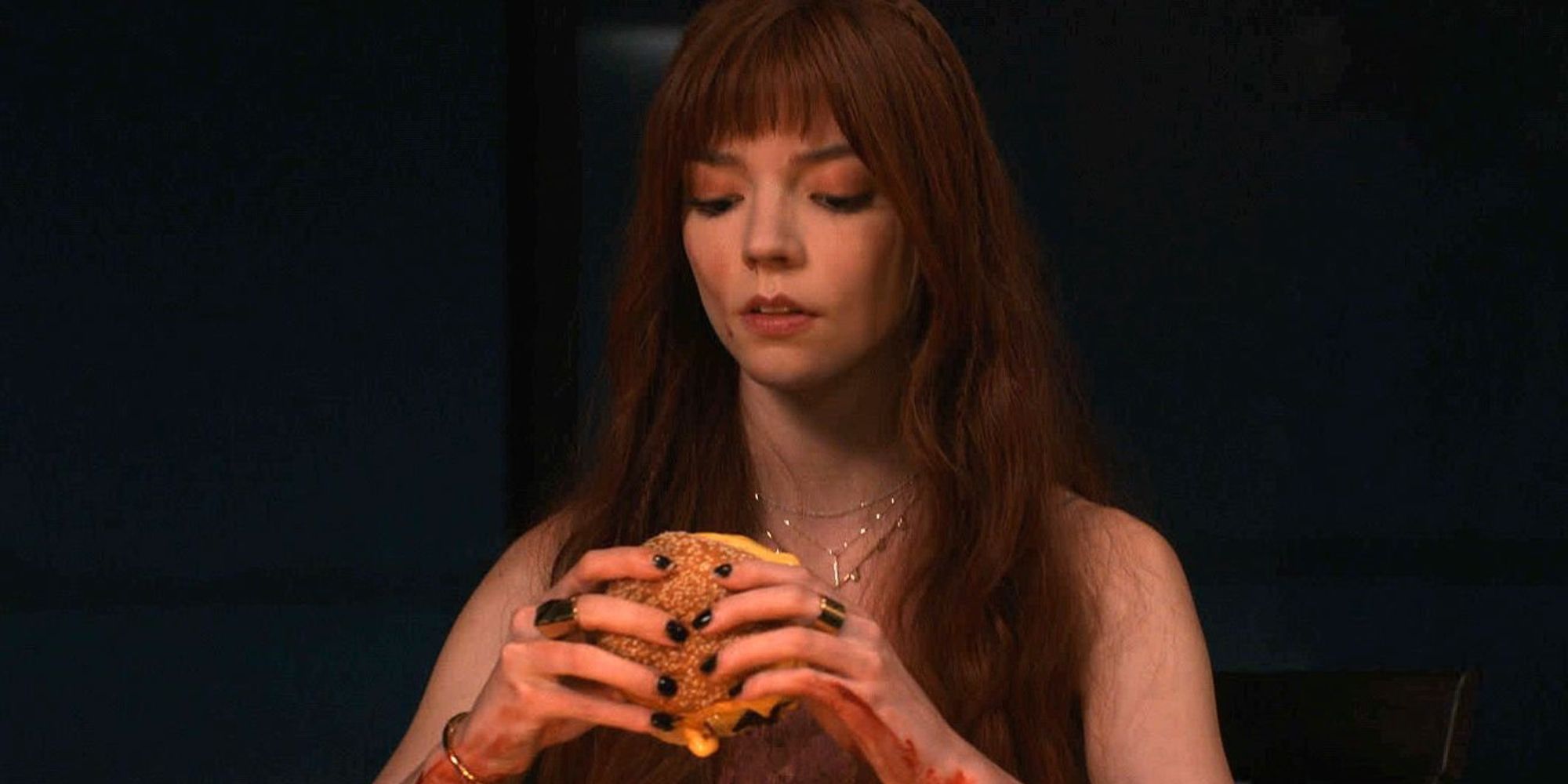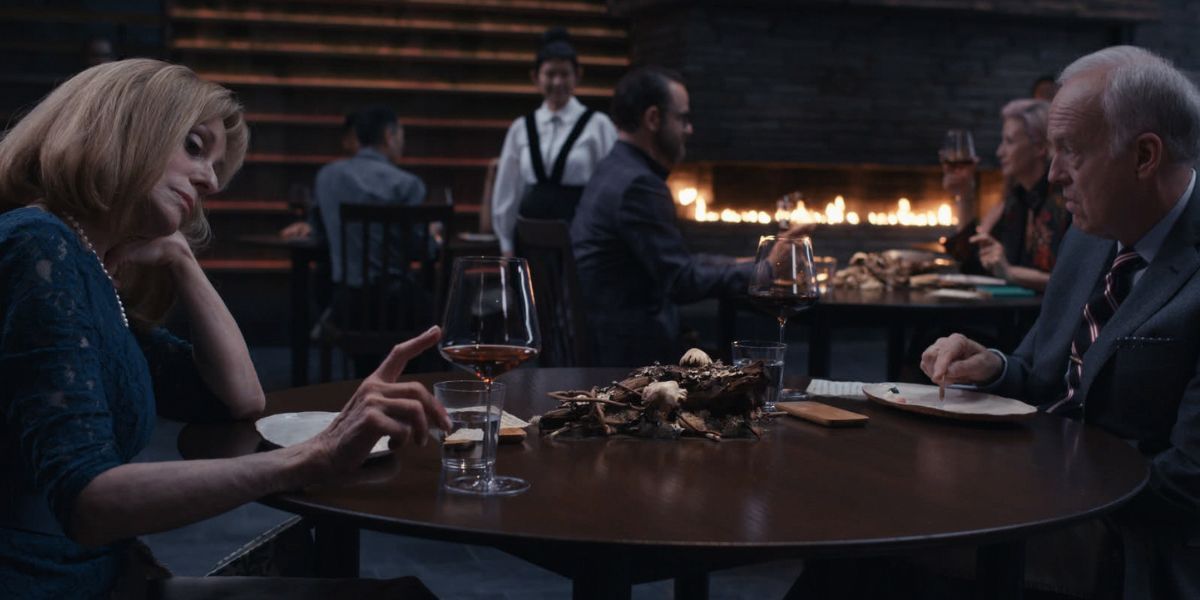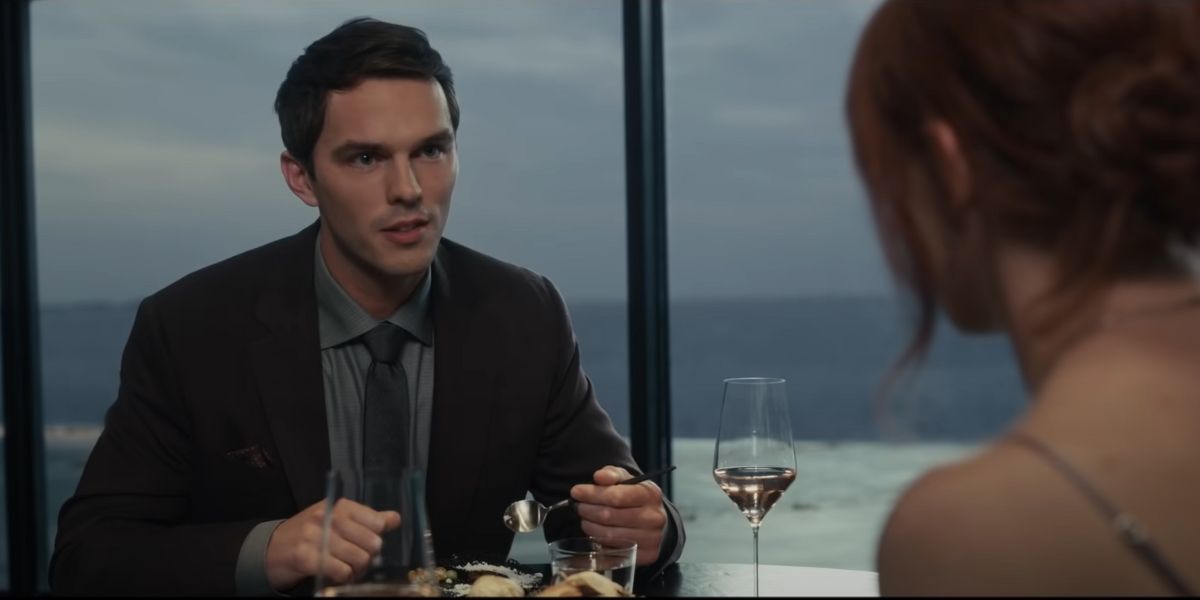The Big Picture
- The Menu purposely builds one-dimensional characters to convey its complex and vital message about the state of the cultural industry.
- The guests in Slowski's restaurant represent different social classes to blame for art losing its meaning, making them symbolic ingredients in the movie.
- Each character in The Menu represents a specific trait, serving the purpose of conveying their role and making the overall recipe balanced.
Many The Menu reviews complain about Chef Slowski's (Ralph Fiennes) guests being too shallow. The criticism points out how Mark Mylod’s movie doesn’t explore the internal universe of its vast cast of characters, instead transforming them into one-dimensional caricatures of certain social groups.
While that’s a valid observation, this kind of criticism might have missed the point of The Menu. That’s because the film purposely builds one-dimensional characters so everyone in the audience can understand its complex and vital message. In short, the guests in Slowki's restaurant are never used as fully fleshed characters but instead represent all the people to blame for exploring workers and artists. And as such, they shouldn’t be measured like regular characters.
What’s ‘The Menu’ About?
The Menu takes us to a night-in-life of famous Chef Slowski, a revolutionary cook who helms an exclusive restaurant located on an island. Every day, Slowski and his loyal crew prepare food from sunrise to sundown, taking care of all process steps, from planting and harvesting plants to milking and butchering animals. Every ingredient is cautiously selected, and every dish is painfully planned to be served in the right proportion, at the right time, and the right temperature. Slowski’s kitchen is the ultimate example of an artist going to indescribable lengths to make his art meaningful.
While Slowski is used to serving wealthy clients every night at his restaurant, The Menu takes place on a special occasion, when Chef and his crew decide to create a menu that involves killing all their guests. Slowski’s ultimate work of art demands blood from guests and crew, and at the end of the night, almost everyone dies in an explosion set for dessert. Until this final cathartic moment, then, Slowski teases the clients of the restaurants, rubbing their privilege on their noses and getting the audience instantly on his side. We have to admit it’s fun to watch spoiled people being tortured by the working class, which might explain the movie’s popularity. We all love a “eat the rich” narrative.
However, while there’s certainly a class aspect to Solwski’s brutal experiment, The Menu is much more about art than the workforce - though some would call it the restaurant industry's ultimate revenge fantasy. Yes, the movie never restrains from making a clear distinction between those who serve and those who take, but by including himself and his crew in his ultimate sacrifice, Slowski wants to send a clear message about the state of the cultural industry. That’s why each guest of The Menu symbolizes one class of people who’s to blame for art losing its meaning, not only in the culinary world but in any mass media, such as filmmaking. At the end of the evening, The Menu discusses not only food and money, but also what makes good art and how people fail to respect artists. And the one-dimensional guests of The Menu are well-measured ingredients for the movie to be understood.
Who Are the Guests of Chef Slowski?
There are twelve guests in Slowski’s restaurant in the evening The Menu takes place. One of the tables is occupied by three businessmen, Soren (Arturo Castro), Bryce (Rob Yang), and Dave (Mark St. Cyr). They are employers of Slowski’s investor, the man who paid for his island restaurant. And as such, they feel entitled to special treatment. The trio complains and demands changes, even though it’s clear from the start that they don’t understand anything about food. Just like executives, they feel like if they pay for the art, they should have a say in what’s made, even if it goes against the artist’s desire. And it doesn’t matter if the food is good or bad in the end, what matters is they paid for an experience, for being able to tell everyone they were part of something most people will never be.
Then there comes Anne (Judith Light) and Richard Liebbrandt (Reed Birney), Slowski’s fateful customers. While most people only dream about going to the island once in their lives, the couple has already dined there eleven times. Still, they are incapable of remembering a single dish. They are art collectors, using their money to buy the prestige of Slowski’s food, even though they don’t care about what they eat. An artist makes art to be appreciated. Unfortunately, once an artist becomes famous, his work becomes an investment or something to show up to friends instead of something to be appreciated.
Then comes John Leguizamo as the movie star George Díaz, a man who reminds Slowski of how low an artist can fall. Fearing oblivion, Leguizamo’s movie star agreed to play dumb parts in dumb movies, only to cash a check and have their names on the posters. The movie star is an artist who works to hone his craft and do something meaningful with his talents. Still, he sells out and stops caring about the quality of the art he produces. The movie star’s assistant, Felicity (Aimee Carrero), is not chosen on purpose, but since she’s filthy rich and never had to work hard in her life, Slowski doesn’t lose any sleep turning her into an ingredient.
The fourth table is dedicated to Lilian Bloom (Janet McTeer), a food critic who enjoys ripping art apart. Complaining about food boosts Lillian’s ego, as she feels better than the artists she mocks. What’s worse, Lillian doesn’t spend a second thinking about how her job has very serious repercussions, as hostile critics can take restaurants out of business, ultimately depriving workers of winning their daily bread. Together with Lillian sits Ted (Paul Adelstein), her editor, who wants to keep the talented writer around just to feel smarter. Like Lillian, Ted doesn’t care who’s hurt by her critics, enabling the writer to publish pieces that can end other people’s careers.
The fifth table has Tyler (Nicholas Hoult) and Margot (Anya Taylor-Joy). While they are somewhat more characters than the rest of the guests, they still represent something. Tyler is the ultimate fan, a man who reveres Slowski and learns every detail about food-making, scorning the people who cannot appreciate art as he does. Tyler is a gatekeeper, declaring himself the ultimate connoisseur of Slowski’s art and acting superior to everyone else. However, before the night ends, Slowski shows Tyler how he’s just as fake as everyone else because being a fan doesn’t mean you know better than other consumers or the artist himself. Toxic fandom is also to blame for art’s loss of meaning, and The Menu has a special place for Tyler. As for Margot, she’s an average consumer who doesn’t understand much of art, but can appreciate good food when she’s well served. Ultimately, Margot will force Slowski to remember that he cooks for someone else, and that making art with love is more important than letting obsession guide your life.
The twelfth guest on Slowski’s menu is no one else but his mother (Rebecca Koon), an abusive alcoholic that could never be satisfied. Slowski is so absorbed by his work and the making of his art because he’s still trying to please people who don’t care about him, making his mother an ingredient to his ultimate menu. No one should have to suffer to become an artist, but, more than often, we tend to embellish the hardship people endure to get where they are. Finally, Slowski sacrifices himself to his menu, since he became so drunk with power when the world recognized his worth that he felt comfortable contributing to putting pressure on his sous-chefs and creating an unhealthy work environment. Slowski also harassed a colleague and put barriers to his restaurant so that only the wealthiest could eat there. Slowski is also to blame for his art losing meaning, so he must also be cleansed by flames in The Menu’s explosive ending.
Each character in The Menu represents something, and their role is to make this trait clear to the public. That’s why the supposed shallowness of The Menu’s characters works, because these guests are not people but ingredients, each with a specific flavor. Giving them more than one prominent trait would actually spoil the recipe instead of creating a balanced dish. Therefore, we shouldn’t be so hard on The Menu’s general lack of character growth, as this is a conscious decision that ultimately serves the plot.

